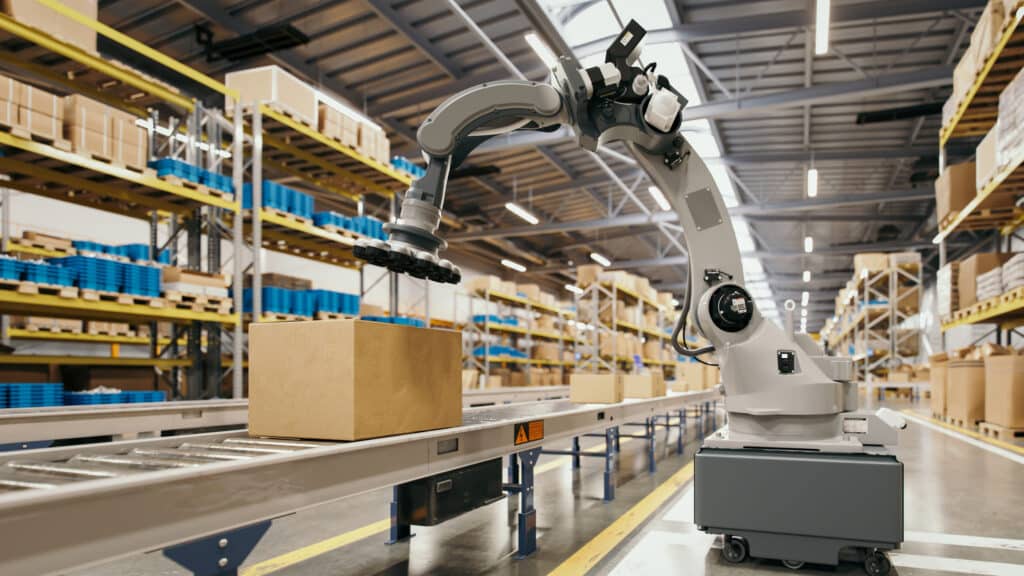Supply Chain Design Series, Part 1 (visit part 2, here)
Top-performing organizations don’t wait for disruption to rethink their supply chains. Instead, they embed evaluation into the cadence of their operations. For them, supply chain design isn’t an initiative — it’s an always-on capability.
Until recently, there have been 2 types of triggers for supply chain and operations leaders to initiate a supply chain design initiative – event based triggers and periodic triggers.
Knowing when to revisit your own design starts by understanding the triggers that typically drive change.
Event-Based Redesign Triggers
These triggers emerge from operational pain points or strategic shifts. Some of the most common include:
-
- Cost Pressures: Rising transportation, warehousing, or labor costs often prompt a search for more efficient sourcing, production, or distribution models.
-
- Customer Expectations: Today’s customers expect rapid, reliable, and even customized delivery. Supply chains must evolve to meet those standards.
-
- Risk Exposure: Disruptions from pandemics, climate events, or geopolitical tensions can highlight overreliance on single suppliers or regions.
-
- Market Expansion: Moving into new geographies often requires a fresh look at sourcing locations, distribution networks, and last-mile logistics.
-
- Sustainability Goals: Reducing emissions, waste, or water usage isn’t just good business practice — it’s often a regulatory requirement.
-
- Digital Transformation: Legacy systems can’t support the speed and complexity of modern supply chains. New tools demand updated design.
-
- Mergers, Acquisitions and Divestitures: Integrating or separating networks requires careful planning and network rationalization.
-
- Product Changes: New product lines, shorter lifecycles, and increasing complexity require design flexibility and faster time-to-market.
-
- Inventory Challenges: Too much or too little inventory often signals misalignment between supply, demand inventory deployment policies and your network configuration.
- Regulatory Shifts: Tariffs, labor laws, and environmental regulations can all impact how supply chains are structured.
Reassessing Supply Chain Design — Even Without a Specific Trigger
A majority of companies tend to revisit their supply chain design as part of a 3 – 5-year cycle, or only after a major disruption occurs. This can certainly help uncover the shifts in supply and demand dynamics that impact cost and service outcomes, but much more can be done to safeguard against performance and value erosion.
Continuous or ongoing supply chain design analysis maximizes value and keeps supply chains better aligned with their business while allowing them to evolve with the rapid pace of change being realized every day.
Designing for What’s Next
Whether triggered by an event or revisited on a schedule, the ultimate goal of redesign is to build a supply chain that’s aligned with today’s reality — and prepared for tomorrow’s uncertainty.
The organizations that excel in this space aren’t reactive, rather they’re proactive, strategic, and committed to continuous network design as a source of competitive advantage for their business.
Reach out here if we can help you become a catalyst for positive change in your organization.
This is part 1 of a series, visit part 2, From Periodic to Proactive: Why Continuous Supply Chain Design Delivers More Value, Faster.
To see part 3 visit here, Smart Models, Poor Results?







